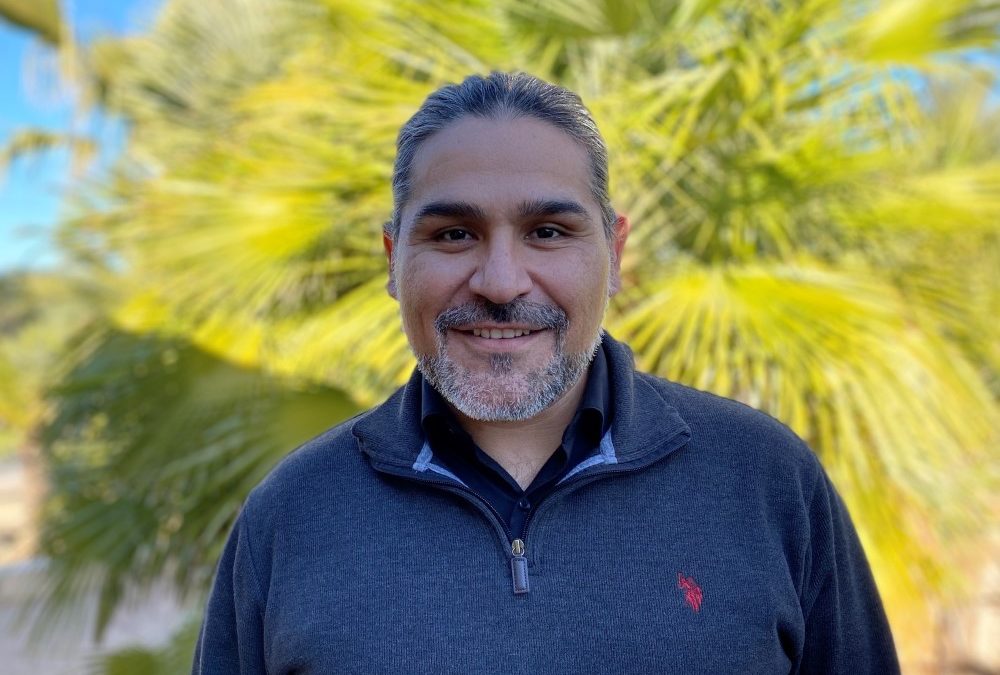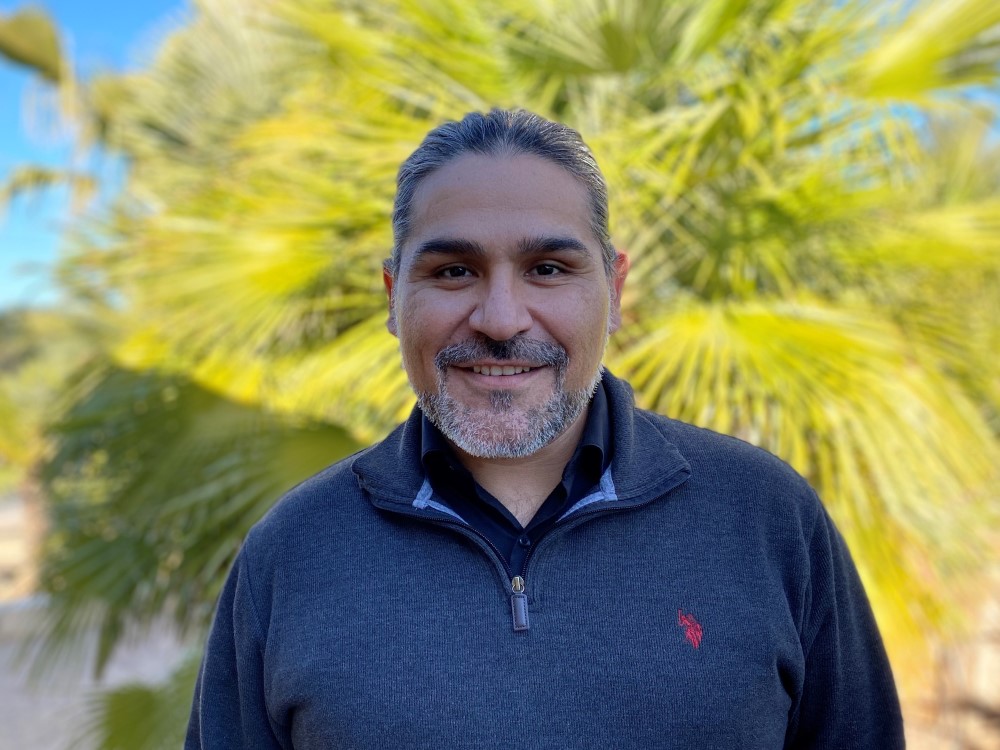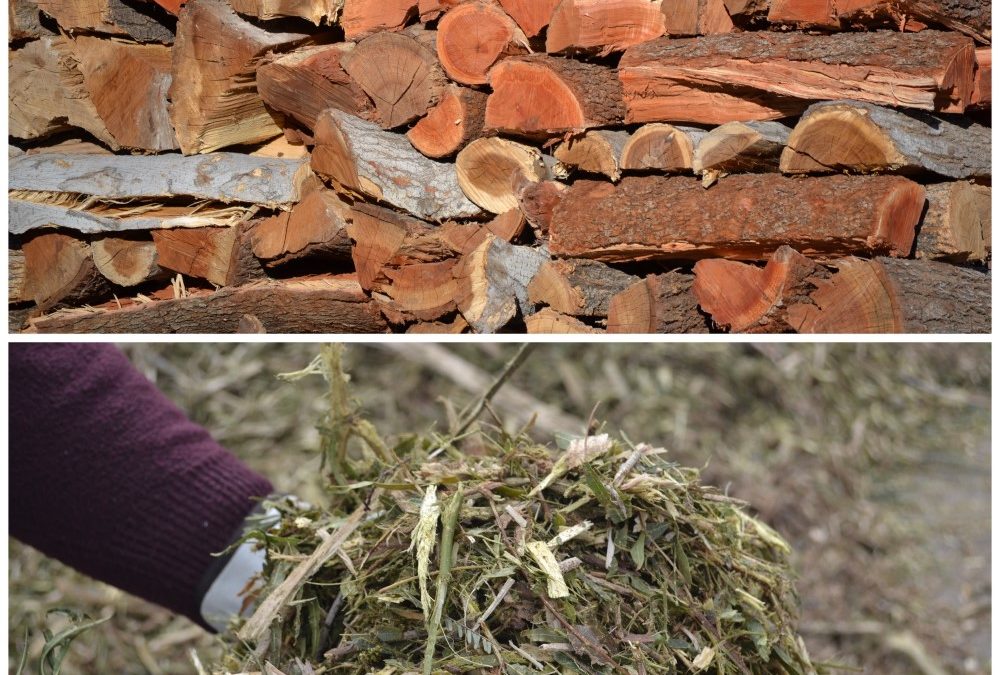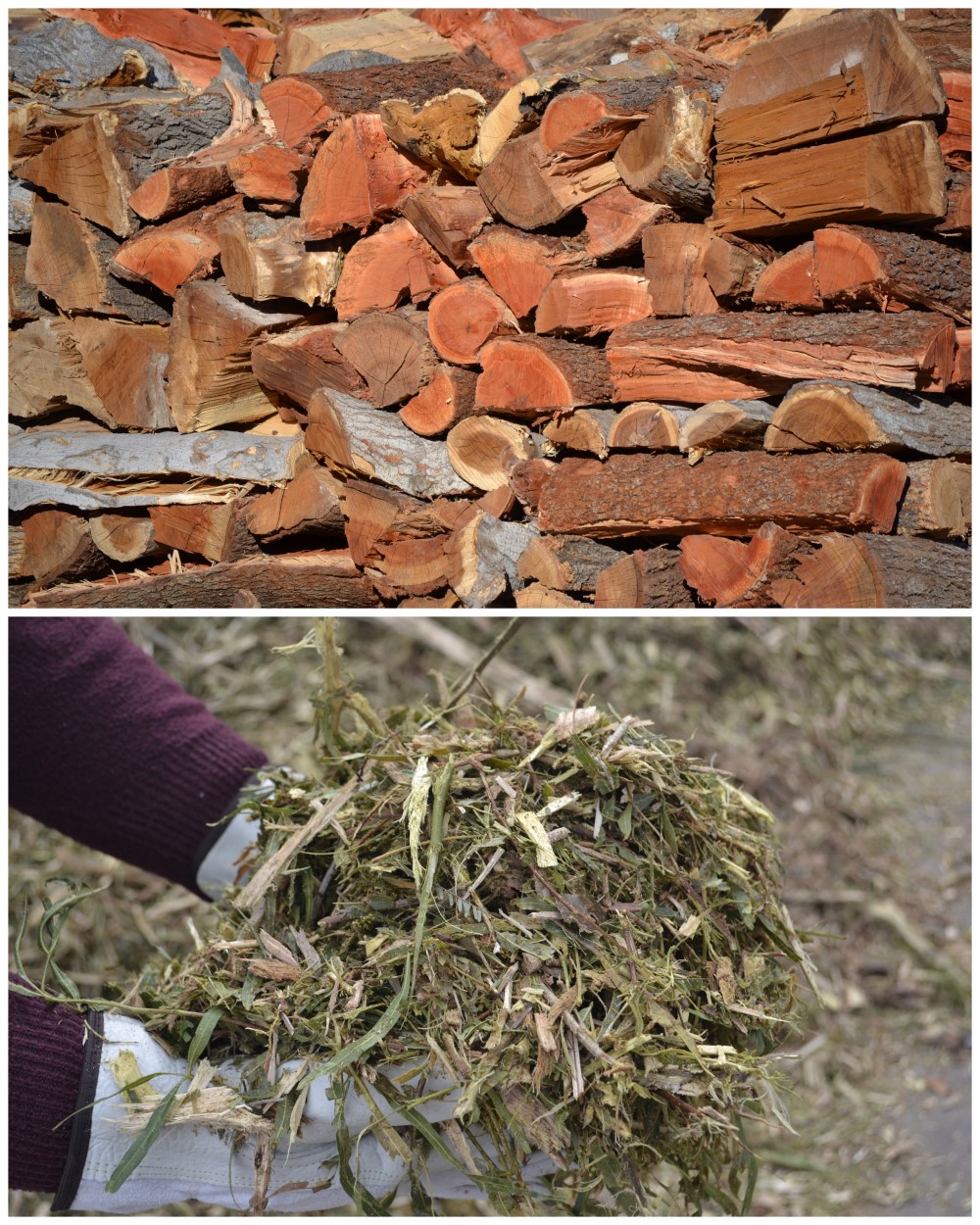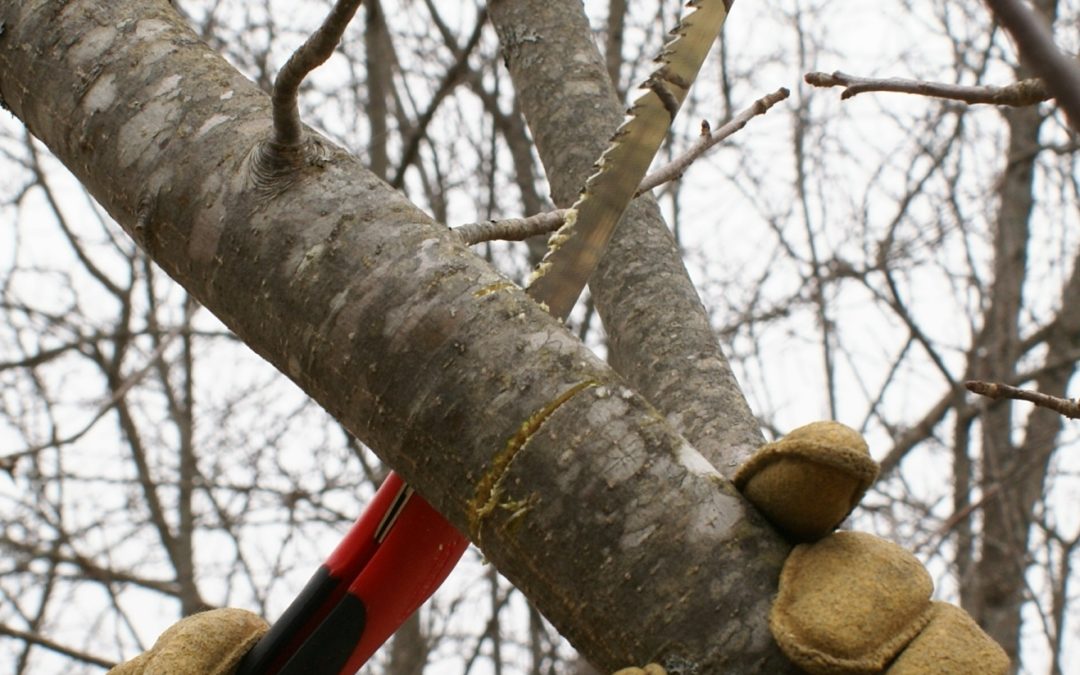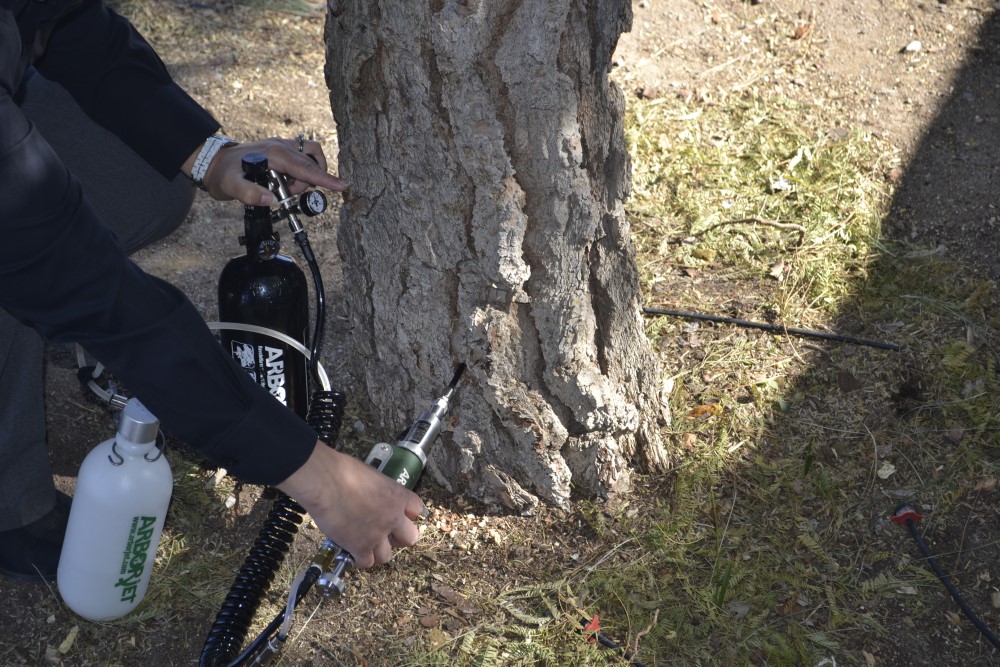
TREE INJECTION TECHNOLOGY
Tree (or trunk) injection technology is increasingly replacing seasonal spray treatments of trees while providing an invaluable ecological service in landscapes and urban zones by reducing the exposure of topically applied chemicals to the environment from spray drift. Tree injection is a more effective method of target precise application of various plant health treatments into the xylem vascular tissue of a tree with the purpose of protecting the tree from various pests, fungal or bacterial issues and/or for the correction of nutrition deficiencies.
While keeping the chemical product sealed in the tree, there’s no exposure to the environment as in spray applications, and there’s no exposure to the soil by drenching it with chemicals, another commonly used method of application. A surgically sealed septum is used to ensure the product stays in the tree and ensures against pests or pathogens entering the tree through the injection site. Depending on the type of application, injection technology can protect a tree for as long as two years. Not only is tree injection safer for the environment, it’s also a much safer for licensed applicators.
First Choice Tree Service offers tree injection services for plant health and uses Arborjet products. For more information, please call our office and ask for our Director of Plant Health Care, Garret Schumer. You can also watch the video below for more information about Arborjet and their tree injection technology.

